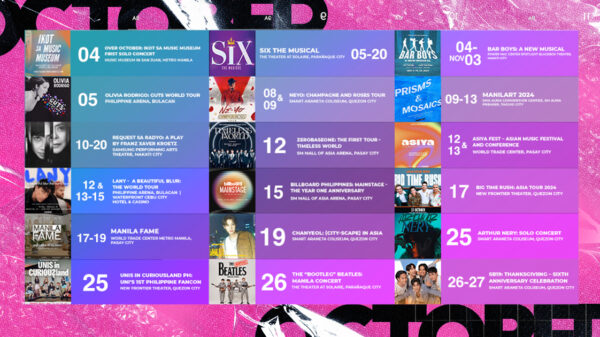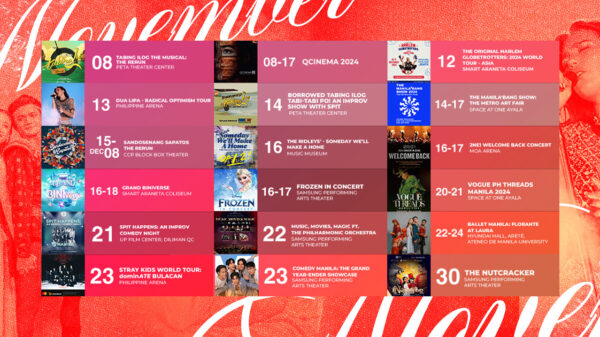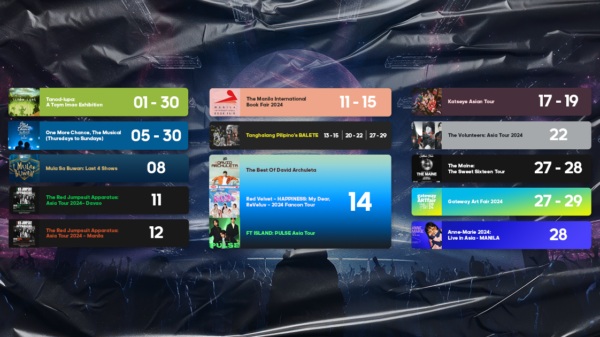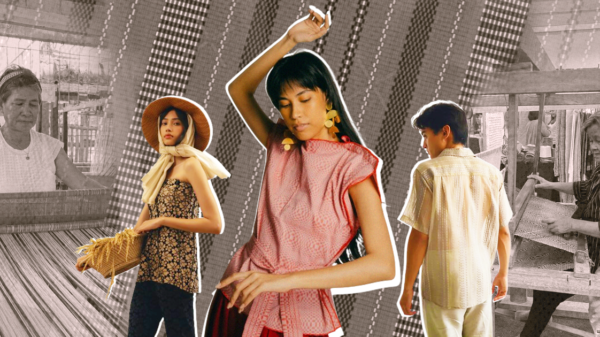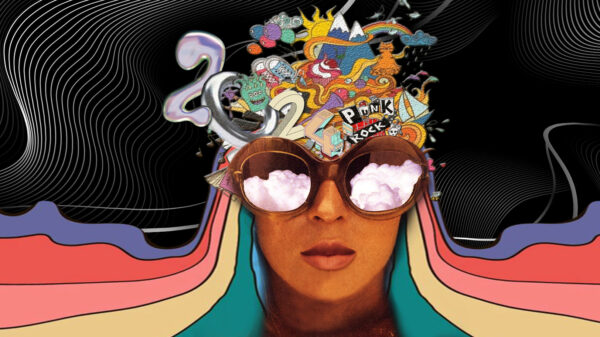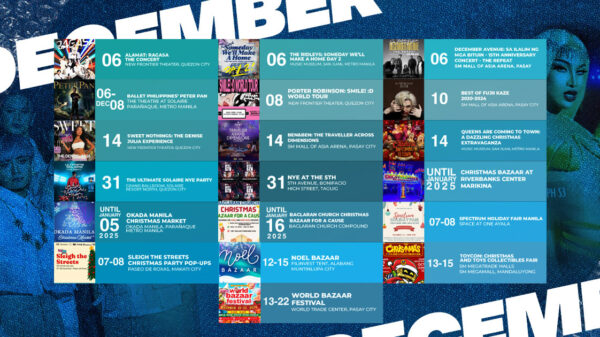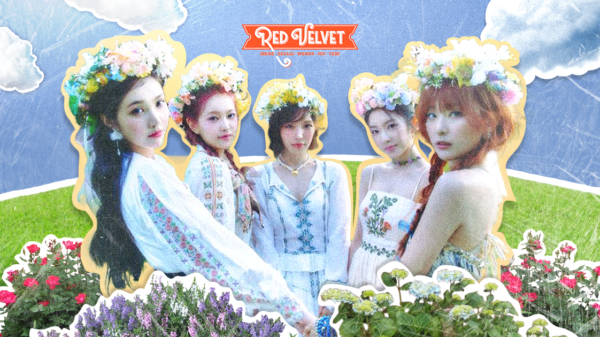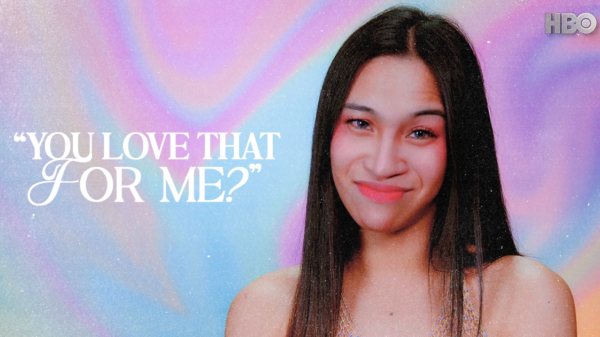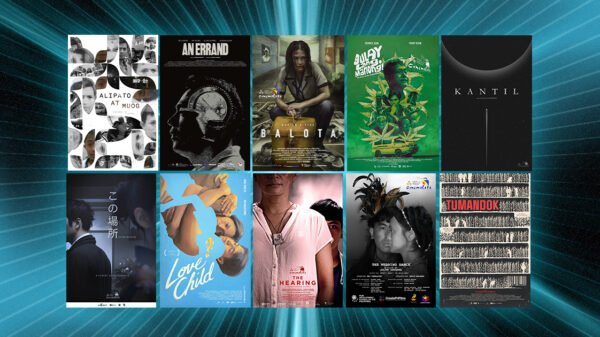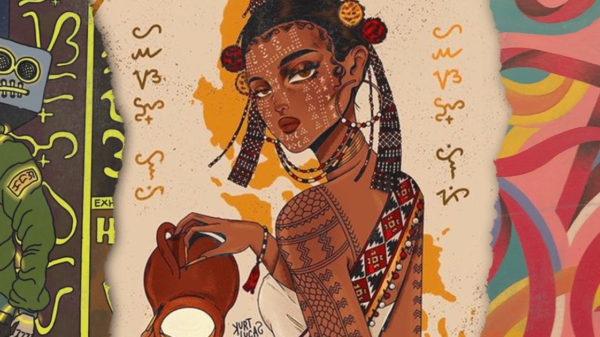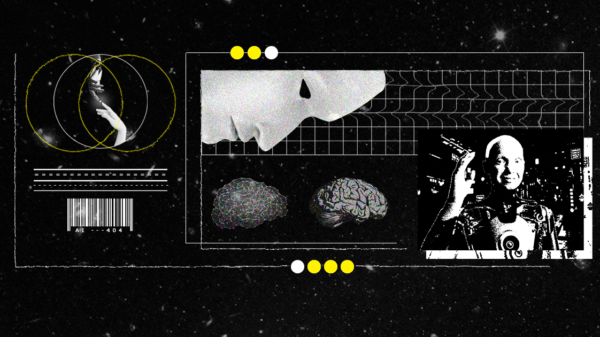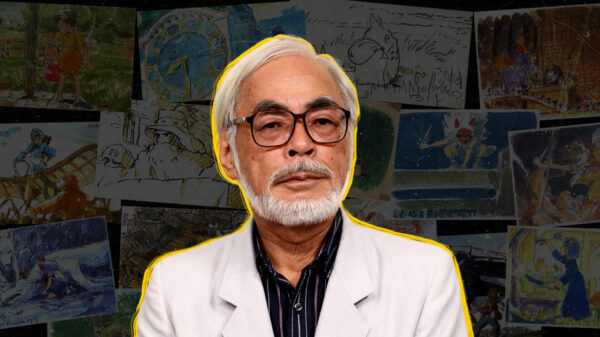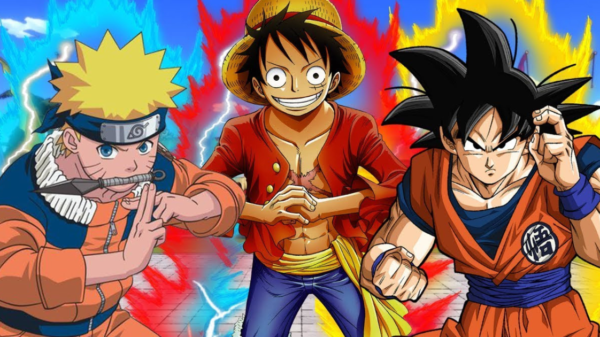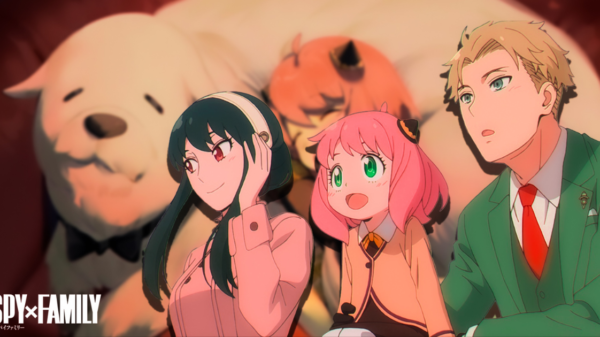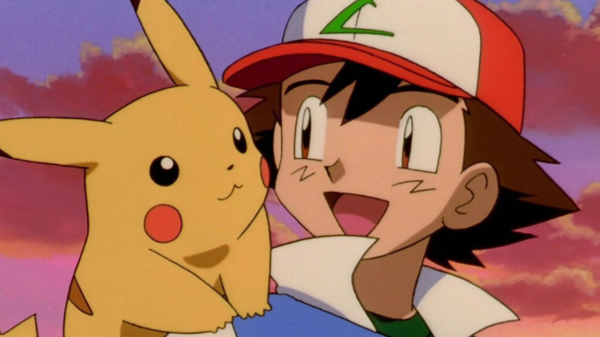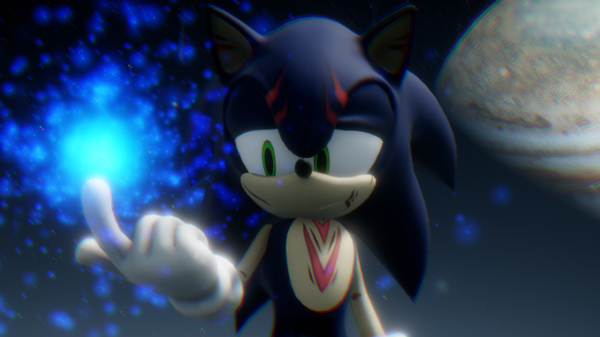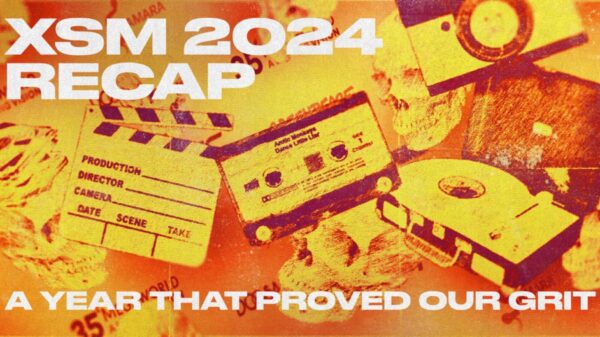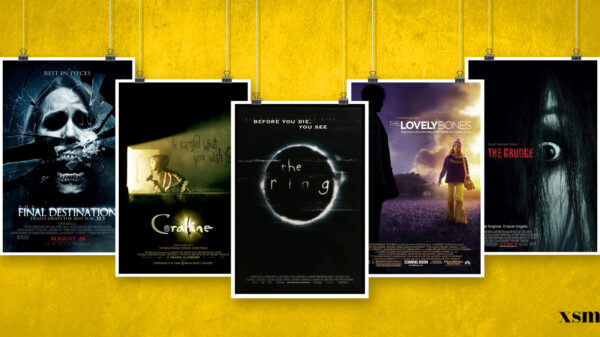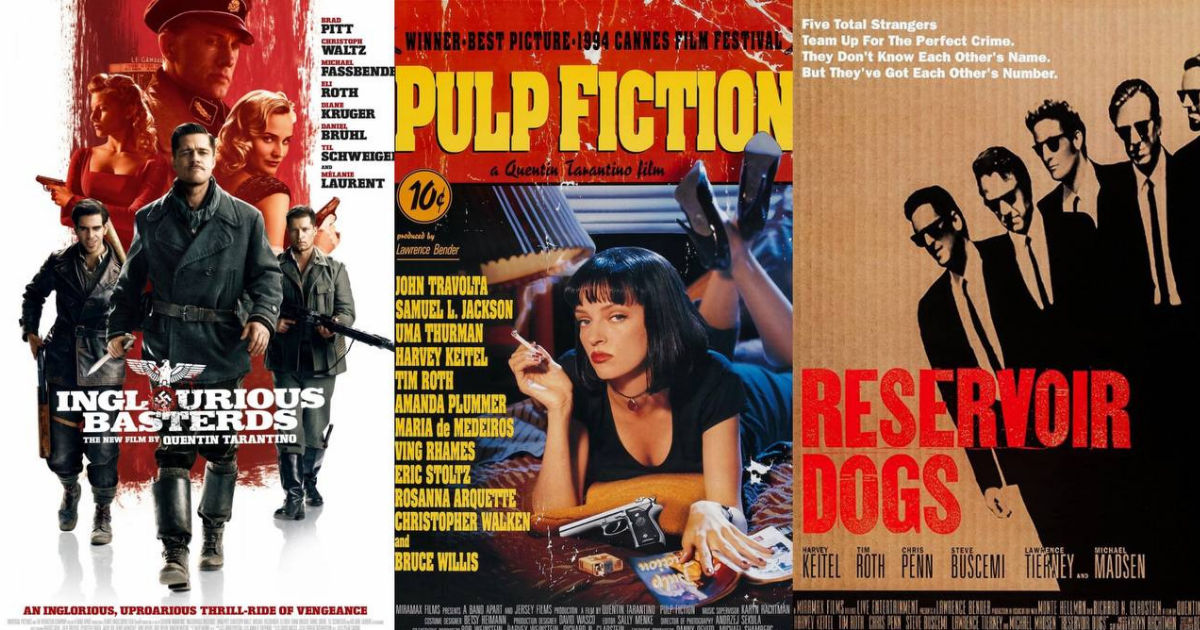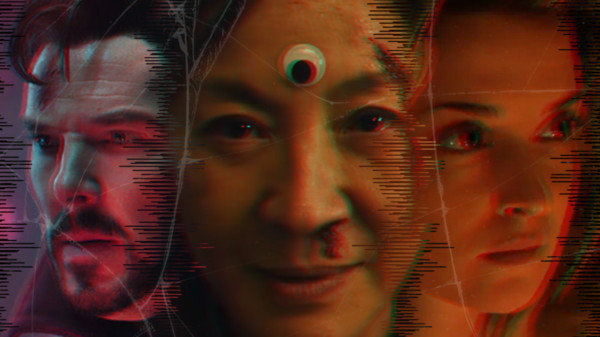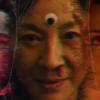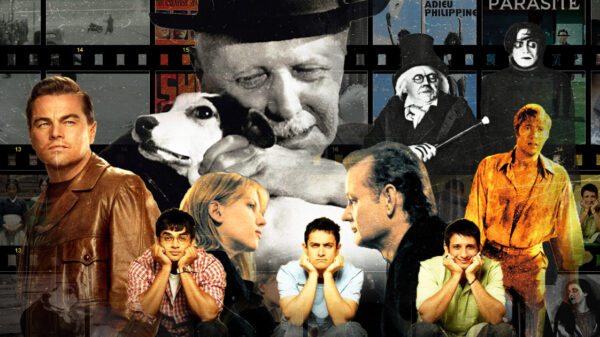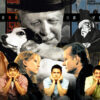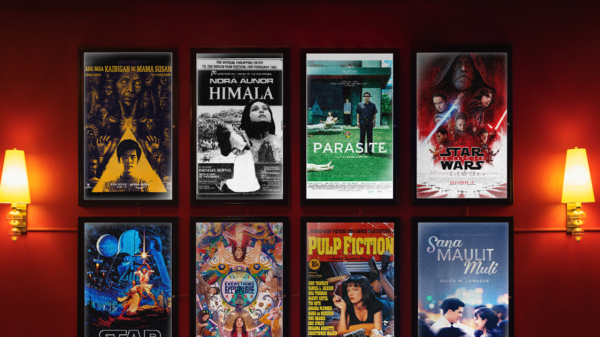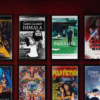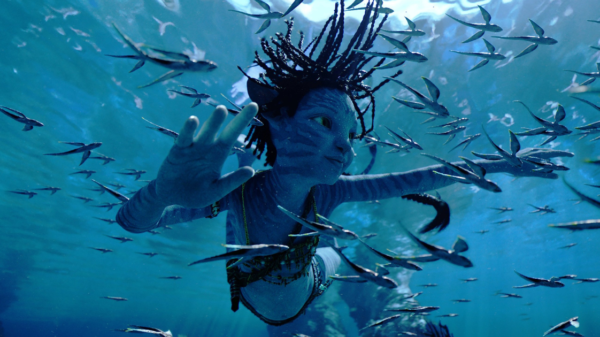Quentin Jerome Tarantino is an American director and screenwriter famous for his films that are stylized for violence, razor-sharp dialogue, and pop culture.
You’ll know a Tarantino film when you see one.
It can be distinguished in so many ways. Aside from the characteristics mentioned above, what makes a Tarantino movie is that it can possibly cover all genres that you want to see.
Over the years, Tarantino has built a solid fanbase and his works are undeniably chosen as one of the topics on countless analyses—though built with some controversy because of the extravaganza and overflowing violence, we all know that all those films are indeed legendary.
INGLORIOUS BASTERDS
One of Tarantino’s best, the film took place in German-occupied France following two independent but interconnected plots to kill Hitler. A French Jewish cinema owner, Shoshanna Dreyfus, witnesses the murder of her family at the hands of SS Colonel Hans Landa and narrowly escapes with her life.
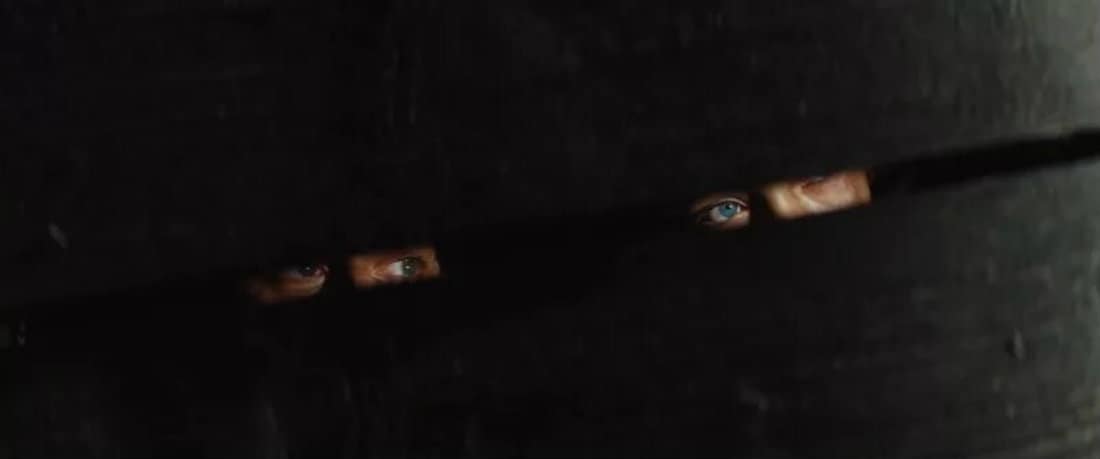
Inglorious Basterds filled a humor set in World War II context. His intent was not to mimic reality but to prove and make a hint that it’s a satirical criticism of war cinema and part of some glorification era but still incorporating his style. In here, he used time to get an impression that these are figures of importance and power. He used low-angle shots to underscore to superiority of a figure in the screen.

ONCE UPON A TIME IN HOLLYWOOD
This feature film starred by Leonardo DiCaprio and Brad Pitt brought back the feels during the 1960s. This is his signature style—the all over sun-drenched ‘60s-set masterpiece that sets itself apart from his previous work in a number of noteworthy ways. It like revisiting Los Angeles at that time when everything was changing. One remarkable thing about this film was its awesome production design—the entire movie was made with almost no CGI, but there were some digital tricks that was pulled off in the scenes.

Apart from that, he’s very exquisite when it comes to this script. He wrote them as if it was a novel—leaving a particular room for ad-libbing or a possible time where you can tweak every line.
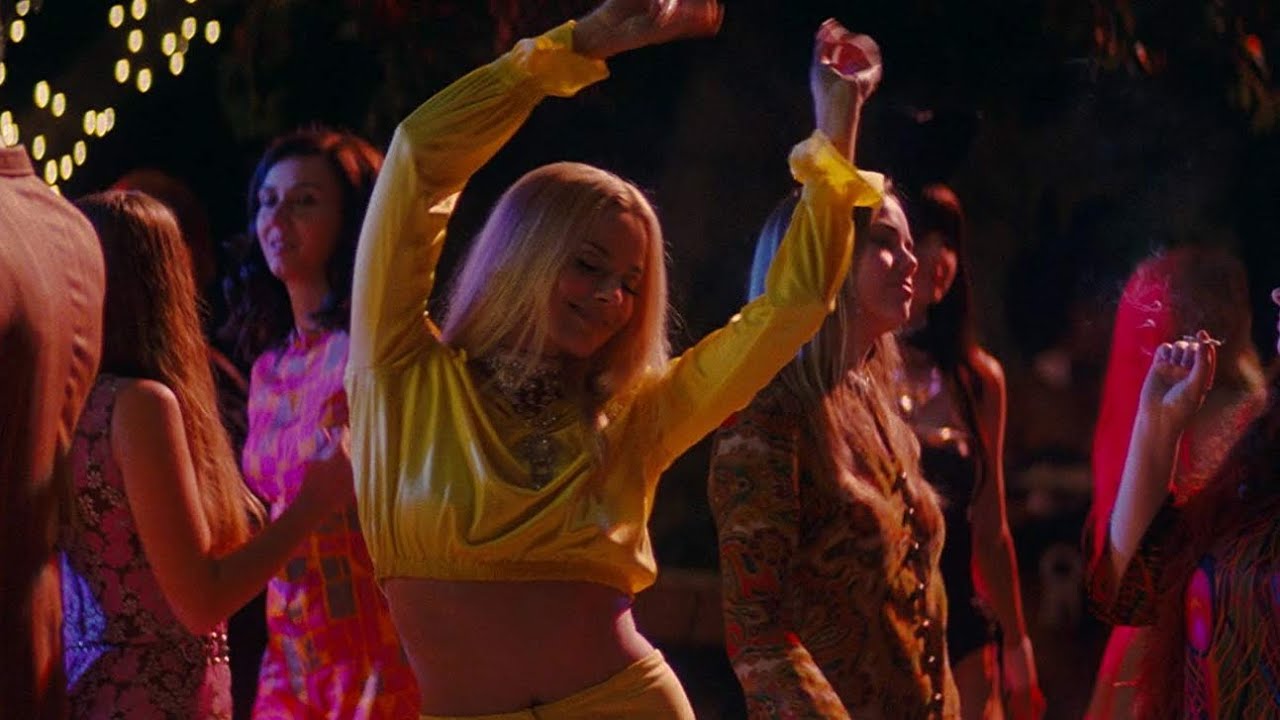
RESERVOIR DOGS
Reservoir Dogs was his debut feature which paved way as his introduction for his amazing camerawork signature—the trunk shot, as means to further introduce the characters and develop them into more nefarious and gritty criminals. This is a film about Six criminals with pseudonyms, and each stranger to one another, are hired to carry out a robbery.

This became Tarantino’s biggest filmmaking gem presenting a highly stylized frameworks of subjectivity. He experimented with the medium himself while expanding his knowledge of cinema. Reservoir Dogs was his standard as his unique technique in filmmaking who wore influences in cinematic violence and of impact and supremacy in the American pop culture.

PULP FICTION
Pulp Fiction is a comedy crime film that tells several stories of criminals in Los Angeles. This film was widely regarded as Tarantino’s masterpiece particularly on the screenwriting for this one. It effortlessly balanced those hilarious discussions on pop-culture with an ominous aura of imminent violence. The unusual structure and extensive homage have led people to describe this film as a standard of postmodern film.

Pulp Fiction’s visual style used the Classic old-style Hollywood of film making—always a strong backlight, frequent use of hard light, not necessarily realistically motivated but focuses mainly on the characters.
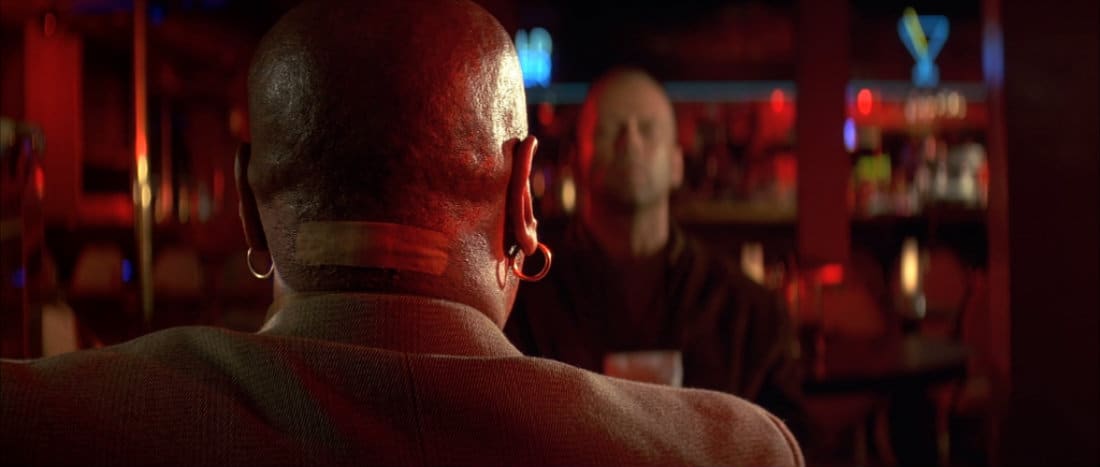
He also incorporated his own personal nostalgia as well, which is likely why he prefers the hard contrast-ish classic look. There was a wide range of techniques mixed together for different scenes leading more on to having low-light and more low-level contrast, but also more side-lighting.







